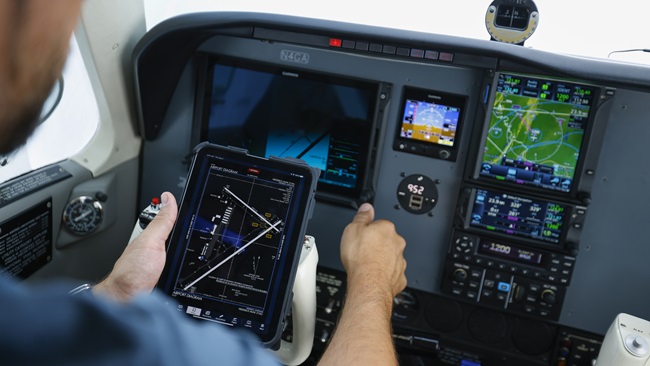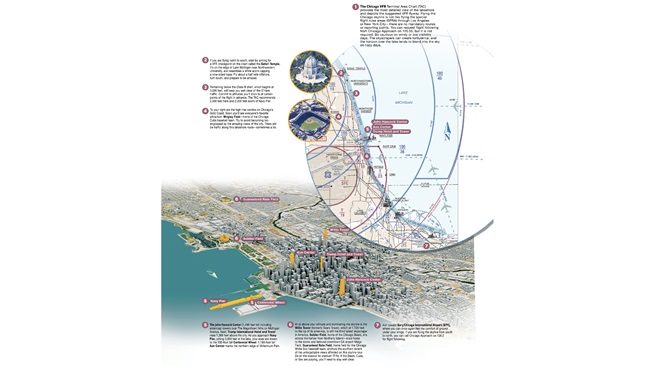Instrument pilots flying RNAV-equipped aircraft should expect to hear some slightly different phraseology from air traffic controllers beginning June 3.
In an effort to avoid confusion about when pilots should perform a hold in lieu of a procedure turn at certain initial approach fixes, controllers will specifically tell pilots they are cleared “straight in” during approach clearances. Also, instead of beginning approaches at an initial approach fix, pilots of RNAV-equipped aircraft may be cleared to an intermediate fix as long as it is on the final approach course and three miles or more from the final approach fix.
“Where adequate radar coverage exists, radar facilities may vector aircraft to the final approach course, or clear an aircraft to any fix 3 NM or more prior to the FAF along the final approach course,” according to the FAA policy statement. “If a hold-in-lieu of procedure turn pattern is depicted and a straight-in area is not defined, the aircraft must be instructed to conduct a straight-in approach if ATC does not want the pilot to execute a hold-in-lieu-of procedure turn.”
Under the new rules, a pilot on a RNAV approach should expect to hear a variation of the following clearance:
“Cleared direct (initial or intermediate approach fix), maintain at or above three thousand feet until (initial or intermediate approach fix), cleared straight-in RNAV Runway One Eight approach.”
The eight-page FAA document also allows controllers to clear pilots for localizer approaches when ILS glideslopes are known to be out of service, and it removes all references to microwave landing systems.



